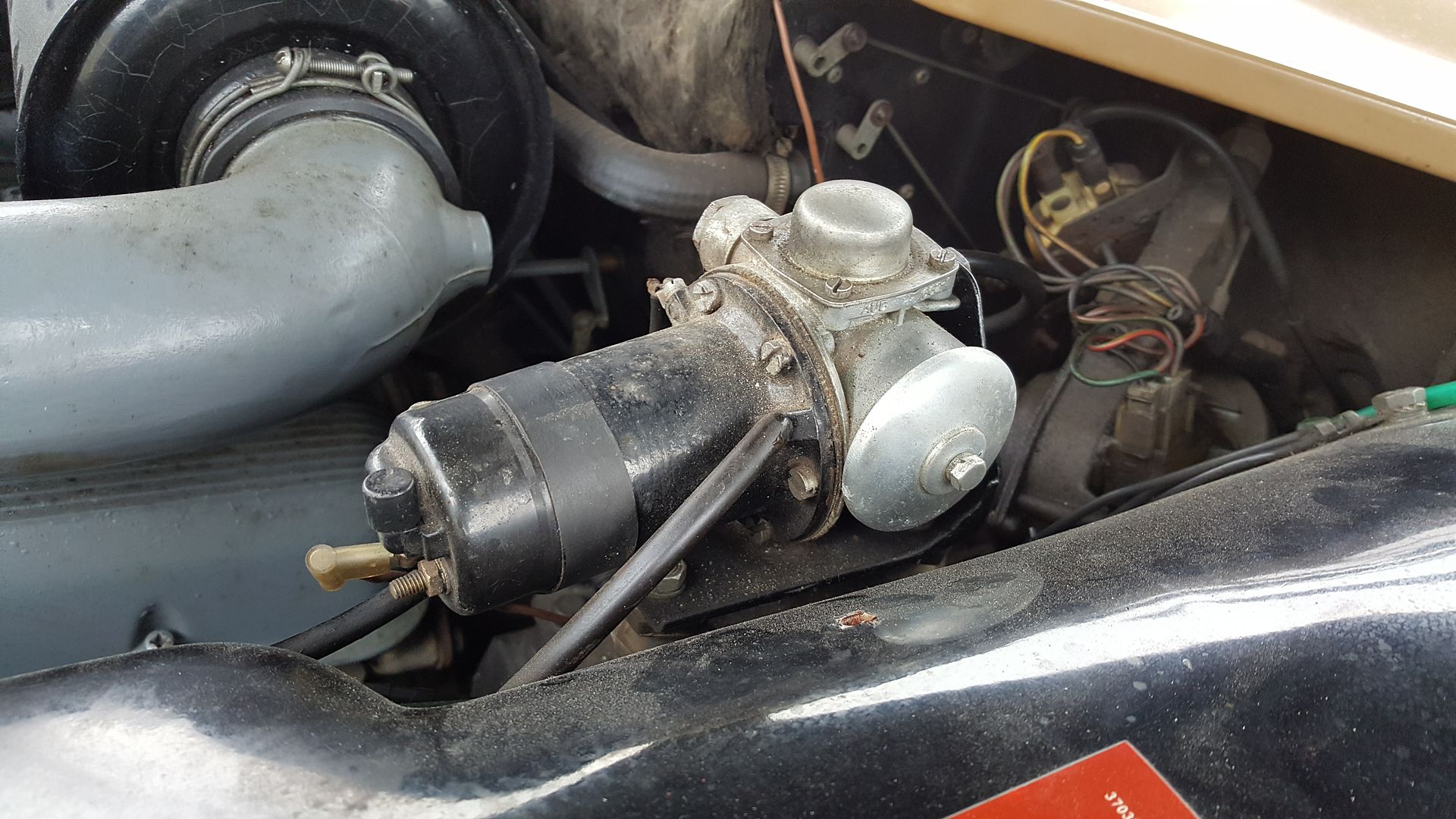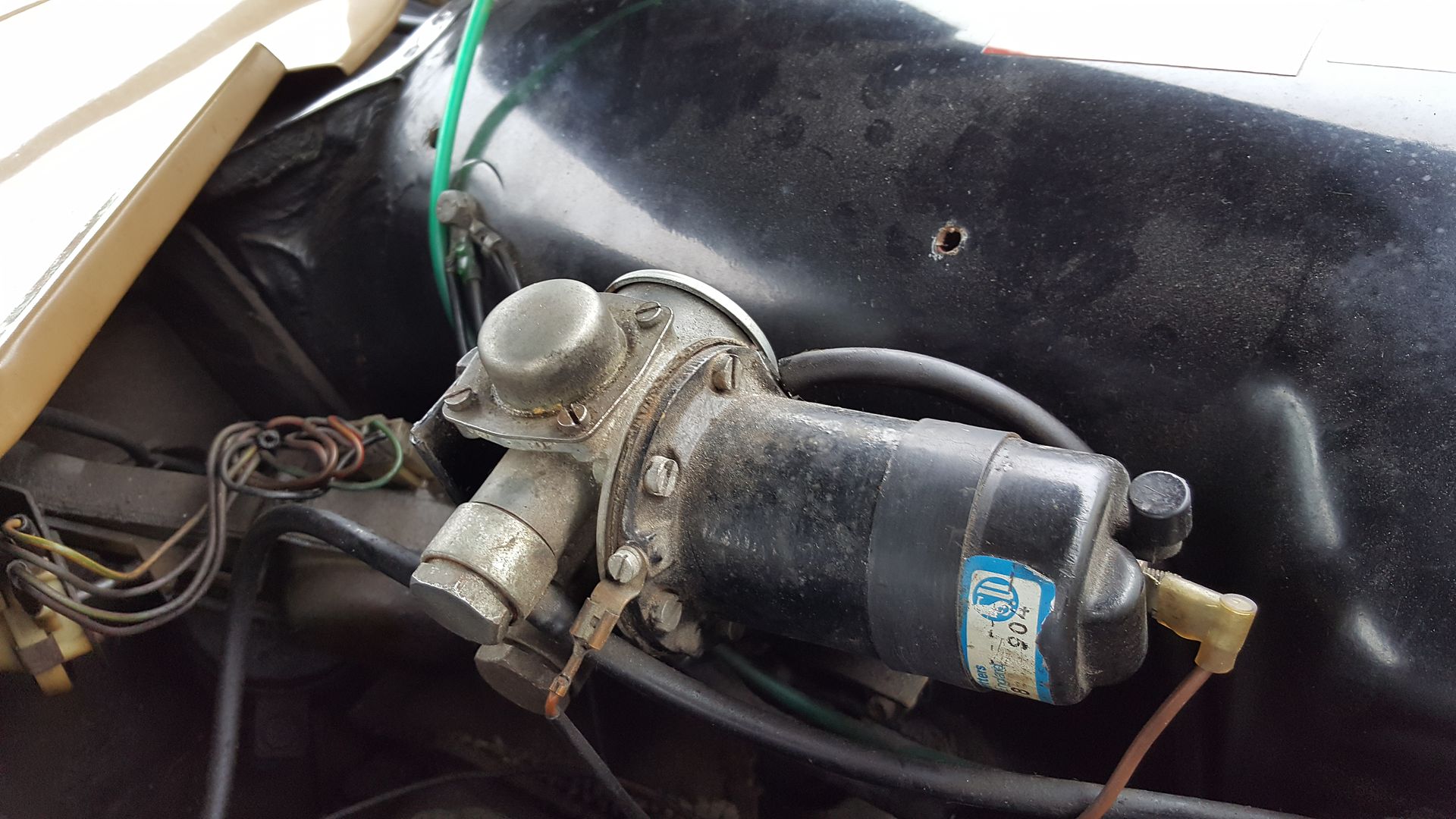Hi there
Can anyone tell me what the correct pressure for the fuel pump on series 2 p6 v8,should be/
As my car surges when the accelerator is applied.All the lines,carb's etc have been checked and are fine.
Currently i am told the fuel pump in my car pumps at .25 bar,and this should be .5 bar.Is this correct?
Regards
winston
Can anyone tell me what the correct pressure for the fuel pump on series 2 p6 v8,should be/
As my car surges when the accelerator is applied.All the lines,carb's etc have been checked and are fine.
Currently i am told the fuel pump in my car pumps at .25 bar,and this should be .5 bar.Is this correct?
Regards
winston



